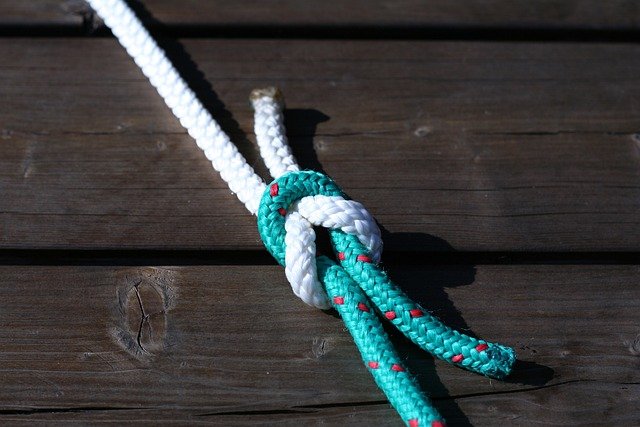Improving onboard comfort with durable marine textiles
Durable marine textiles play a central role in enhancing comfort on board by combining weather resistance, easy maintenance, and ergonomic design. From seating and decking surfaces to protective covers and storage solutions, the right fabrics help maintain a pleasant, safe environment while reducing upkeep and extending equipment life.

Marine environments subject fabrics to sun, salt, wind and constant motion, so choosing textiles designed for that context improves comfort and reduces maintenance. Durable marine textiles are engineered for resistance to UV, mildew, abrasion and moisture while providing the tactile qualities passengers expect. Integrating these textiles with onboard systems such as lighting, electronics and hardware, and planning for appropriate maintenance and upgrades, yields a more comfortable and safer cruising or working experience.
Marine textile role in safety and navigation
Textiles contribute to onboard safety and support navigation tasks in several ways. Non-slip textile decking, reflective trim on covers and cushions, and reinforced access points for chart and instrument pockets help crews move and work more securely. Fabrics that resist fading and remain pliable under varied temperatures preserve visibility and access to navigational instruments. Choosing materials compatible with safety hardware and able to accept clear-view windows or instrument mounts helps maintain both comfort and operational readiness.
Upholstery and decking: comfort and durability
Upholstery and synthetic decking directly affect how comfortable a vessel feels. Upholstery fabrics crafted for boats typically use solution-dyed fibers and waterproof backing to resist staining, UV damage and mildew while maintaining breathability. For decking, closed-cell foam or synthetic teak alternatives provide cushioning, thermal comfort and reduced slip underfoot. Proper foam cores and seam construction prevent water ingress and help cushions retain shape, making seating and walkthrough areas more pleasant over time.
Waterproofing, maintenance, and longevity
Waterproofing treatments, seam sealing and appropriate care routines extend textile life and maintain comfort. Regular rinsing with fresh water, periodic application of recommended cleaners and protectants, and prompt drying of wet cushions help prevent mold and fabric degradation. Inspect seams, zippers and fastenings for wear and reapply seam sealants where necessary. Well-maintained textiles will perform better in wet conditions and reduce time spent on repairs and replacements.
Lighting, electronics, and hardware integration
Textiles and onboard systems should be specified together to avoid conflicts between comfort features and functional equipment. Reinforced panels and access ports in cushions or covers can accommodate wiring for lighting and electronics without creating stress points. Using compatible fasteners and hardware that resist corrosion prevents staining and loosening. Thoughtful integration — such as channels for conduit or removable panels for access — keeps upholstery tidy and allows maintenance on lighting and electronics without major disassembly.
Storage, mooring, anchors, and rigging considerations
Durable fabrics improve storage solutions and protect gear involved in mooring and anchoring. Heavy-duty bags and chafe guards made from abrasion-resistant textiles protect lines, anchors and winches during handling and storage. Covers that conform to shapes and fasten securely prevent water pooling and abrasion from rigging contact. Planning storage locations and using textiles that tolerate friction and exposure reduces wear on both soft goods and hardware associated with mooring and anchoring operations.
Upgrades: selecting materials and local services
When upgrading onboard textiles, prioritize materials with documented resistance to salt, UV and mildew and that match your vessel’s use profile. Look for manufacturers’ specifications on abrasion ratings, UV stability and warranty terms. For installation and custom work, seek local services in your area that specialize in marine canvas, upholstery and synthetic decking; reputable installers will advise on reinforcements, fastening systems and maintenance practices to maximize comfort and longevity.
Durable marine textiles are a practical path to more comfortable and resilient onboard spaces. By selecting fabrics suited to marine conditions, integrating them thoughtfully with electronics, lighting and hardware, and following a consistent maintenance routine, owners can reduce downtime and keep interiors and deck areas pleasant and functional. Careful material choice and installation align comfort goals with the realities of life on the water.






